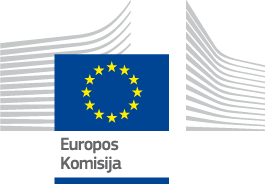
FARNET
Fisheries Areas Network

Publication

FLAGs can play an important role in helping their communities transition away from the linear economic model of “take, make and dispose” and towards more sustainable practices that minimise waste and ease pressure on our natural resources. The following guide explains some of the keys concepts related to the circular economy, providing practical examples of how FLAGs can help foster the circular economy at local level.
Chapter 1 illustrates how local action can help foster change at all stages of the fisheries and aquaculture supply chain, taking the reader through the four stages of the product life cycle:
Chapter 2 offers a series of factsheets, covering the key steps to put these concepts into action: